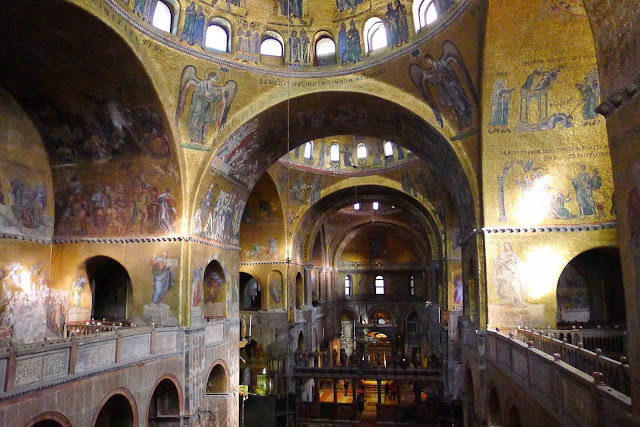Portugal to España. Ola Sevilla!
After exploring Portugal's imperial capital, Lisbon, and its nearby seaside resorts and medieval towns, we prepared to make our way to España.
Portugal and Spain, together, make up the Iberian Peninsula, and have a common history of both Muslim and Christian rule; yet they also share a common history of standing apart as separate kingdoms.
* The Humberto Delgado Airport, also known simply as Lisbon Airport, is Portugal's main gateway to the world.
* While being rather low (18th) in terms of passengers served among airports in Europe, Lisbon Airport has the special distinction of being Europe's main gateway hub to Brazil and the African continent.
* The parental units excited for this adventure to the colonial motherland (for us Filipinos).
* After a one hour flight, we finally land in Seville, Spain's fourth largest city and proud capital of Andalusia.
* Andalusia, otherwise known as Southern Spain, is the region of the country that is authentically and culturally Spanish in the eyes of the world: being the home of bullfighting, flamenco dancing, tapas, cervezas, and fantastic architecture.
* Check out our quaint Spanish hotel lobby!
* Astonishingly, Seville is over two thousand years old!
* According to legend, its founder was none other than Hercules (yes, the Greek demigod Hercules) who sailed all the way from Greece to the Iberian peninsula, and in the process founded the current cities of Seville and Cadiz.
* During the Roman era, the city was known as Hispalis and was an important center of commerce in the province of Hispania.
* When the Moors conquered Andalusia, Seville came to be under the jurisdiction of the Caliphate of Cordoba and for over 500 years was an important Muslim city.
* When the Christian reconquest of Spain finally happened, the city came to be incorporated into the Kingdom of Castile and served an integral role as base of operations for the recapturing of the rest of Andalusia.
* Thus the city evolved to a wonderful combination of Moorish-Gothic-Baroque urban planning and architecture.
* However, it was during the discovery of the New World that Seville became one of the most important cities of that period.
* Its being situated on the Guadalquivir River meant that Seville became the primary port and economic center for all trans-oceaninc trade between Europe and the Americas, making the city EXTREMELY wealthy.
* This ushered in a golden age of wealth, arts, and literature for Andalusia.
* And in fact it was from Seville that Ferdinand Magellan departed on his famous journey around the world, coincidentally discovering the Philippines along the way.

* The Old Town of Seville, an area of roughly 4 square kilometers, contains a wealth of culture including: the General Archives of the Indies, a building full of documents concerning the history of the Spanish Empire in the Americas and the Philippines.
* The Cathedral of Seville known as the third largest church in the world. (More on this on a future article!)
* And for being the burial place of Christopher Columbus (Definitely more on this! You wouldn't want to miss it!)
* The Royal Alcazar of Seville, also known as the royal palace for the Christian kings.
* And the neighborhood of Santa Cruz, the former Jewish quarter in the medieval city.
* Where each square is picturesque and its gardens well manicured.
* Where each corner is an opportunity to meet a new friend.
* Where spices of every color wait to be sampled.
* And where cervezas of every flavour are ready to be toasted in celebration.
* Not to mention that street performers here that are on a whole other level! Yes, that is a floating demon outside the walls of the Cathedral. (To this day, I have no idea how the hell it's levitating).
* And as usual man and his best friend collaborate to get the good work of busking done.
* King Ferdinand III of Castile sure outdid himself when he reconquered Andalusia!
* Stand by for more on this amazing city.

































Comments
Post a Comment